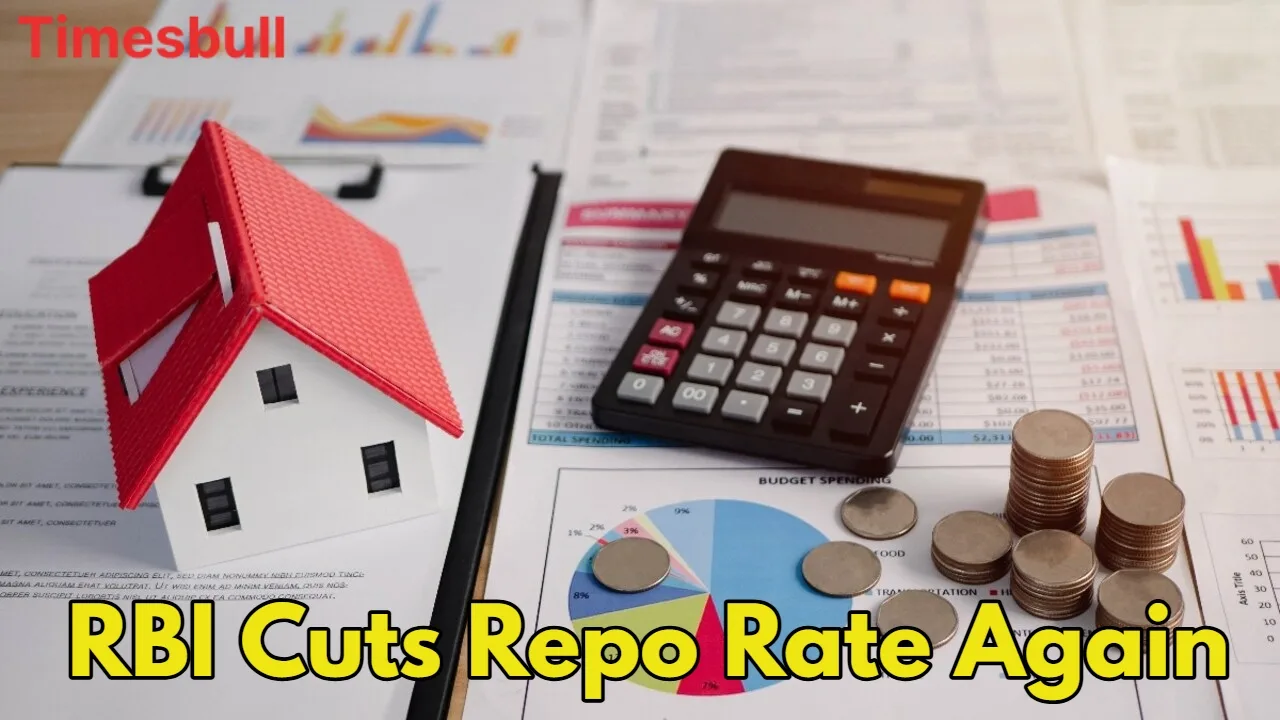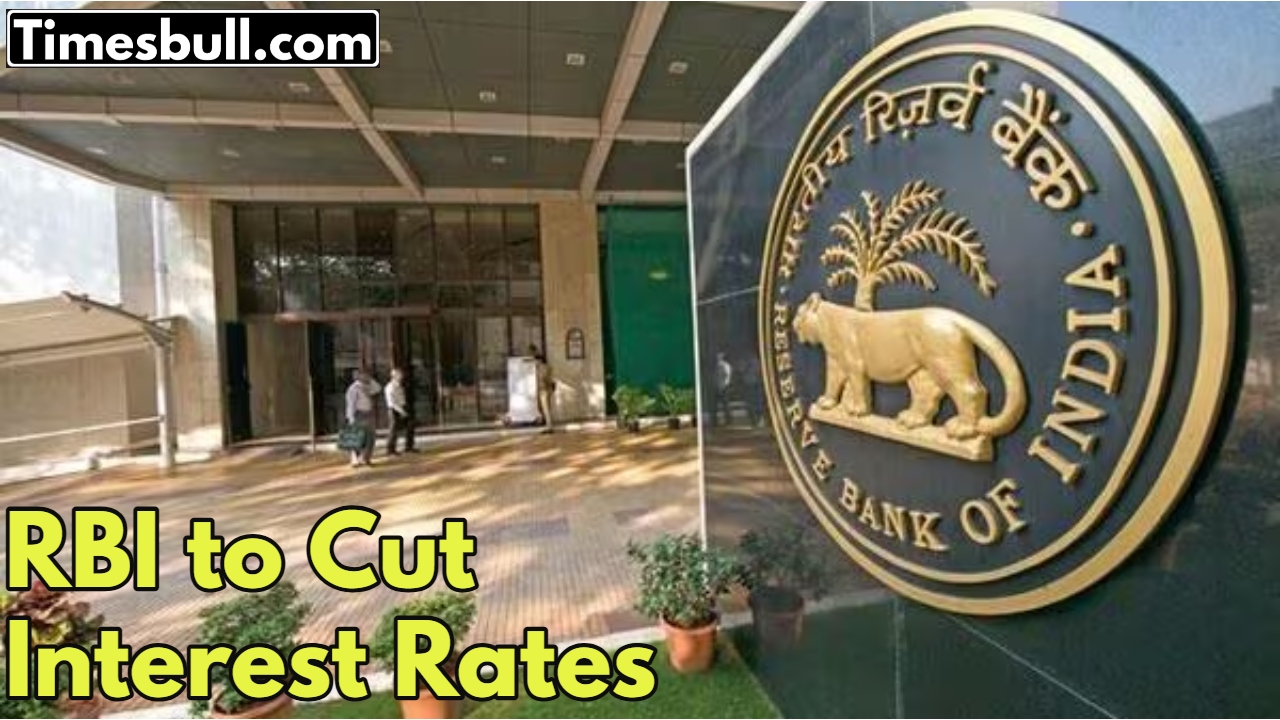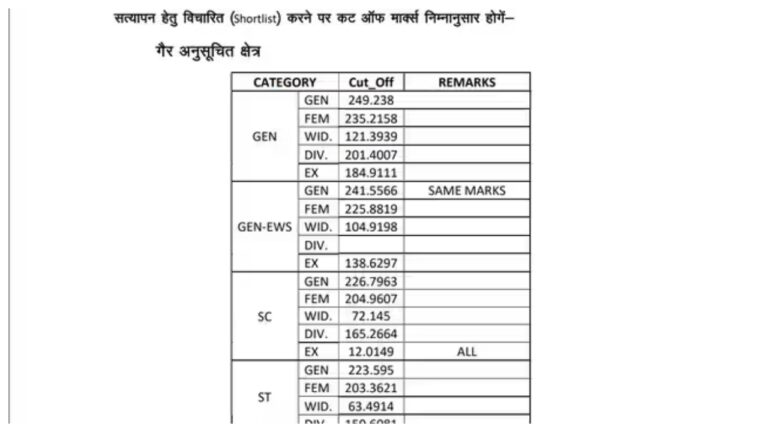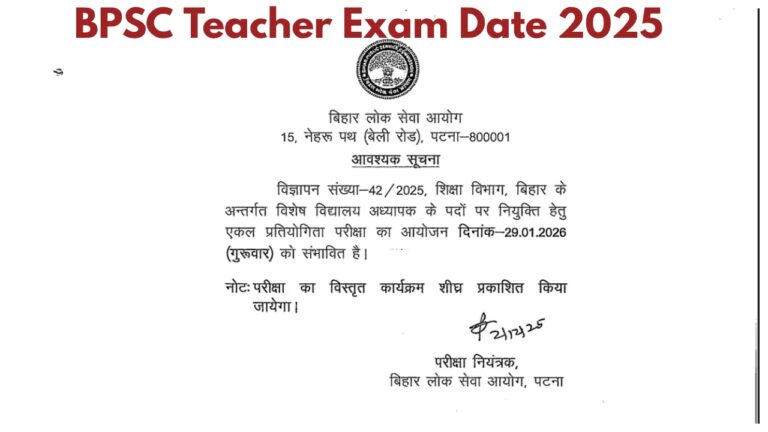RBI Repo Rate: After the Reserve Bank of India (RBI) reduced the repo rate to 5.5% in the June monetary policy review, now most banks have changed their Fixed Deposit (FD) interest rates. After this change, FD rates have come down even further. The Monetary Policy Committee (MPC) of RBI cut the repo rate by 50 basis points on June 6.
The MPC had also announced a cut in the repo rate in April. For those who don’t know, the repo rate is the rate at which the RBI lends to commercial banks. A low repo rate is beneficial for borrowers, but it hurts interest on FDs and savings accounts.

New FD rates of major banks
The country’s largest bank, State Bank of India (SBI), has reduced its FD rates from 6.5% to 6.25% for a period of one to two years. Similarly, HDFC Bank, Bank of Maharashtra, Axis Bank, and other banks have also reduced their FD rates to 6.25% on deposits up to ₹3 crore for a period of one year.
For five years, SBI is offering an interest rate of 6.05% per annum, while HDFC is offering 6.4% returns. Other banks are also offering returns in the same range. So, investors who want to invest in FDs should check if the returns from FDs match their financial goals.
What is the return on a ₹5 lakh FD after 5 years

Suppose, you have made a ₹5 lakh FD in HDFC for five years, let’s see how your fund will grow. HDFC is offering 6.4% interest on ₹5,00,000. In five years, you will get an interest of ₹1,86,823 on ₹5 lakh. This means after 5 years, you will get a total of ₹6,86,823.
FD
Even though the returns from FDs may not be very attractive, they are an important part of the investment portfolio. They are safe, which is why people invest here. FDs are not affected by market fluctuations, making them an excellent option for those who do not want to take risks. It is especially useful for those who are planning for retirement or want a fixed income.










